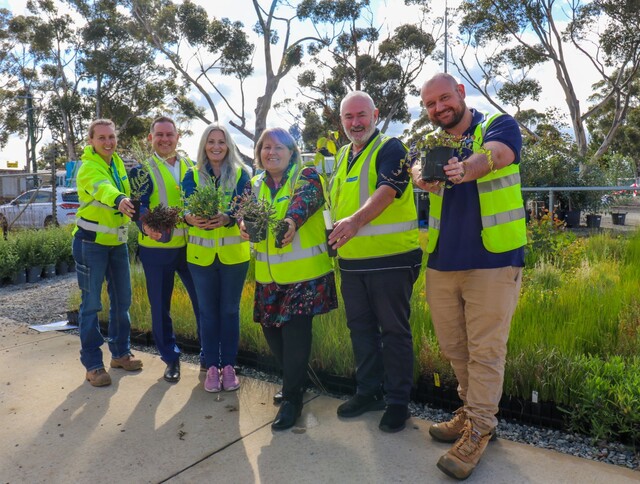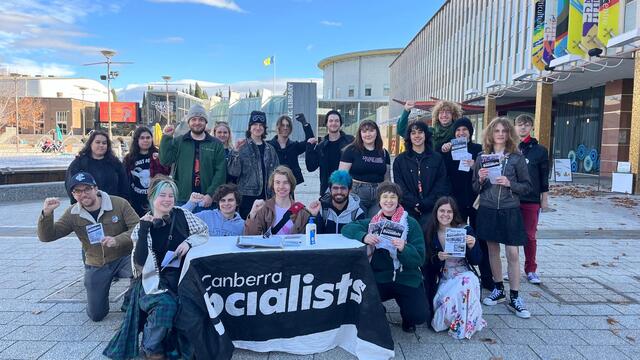A cross border alliance
“With 293 kilometres of Murray River frontage, water is a major issue for Moira Shire and its community,” said the Mayor, Councillor David McKenzie. “Lake Mulwala is the greatest single point of diversion for irrigation on the Murray system. The Shire’s tourism and residential development boom is very much related to Lake Mulwala and the River. On top of this, the regional economy is heavily dependent on the $2.7 billion generated annually from our 657 irrigated dairy farms.”
The recent decision by the Council of Australian Governments (COAG) to increase environmental flows in the Murray River is set to have a huge impact on numerous communities along the Murray. For this reason, Moira has joined with eight other Local Governments in a cross border alliance. It is seeking to work with the State and Federal Governments to obtain the best outcomes for all stakeholders.
Known as the Living Murray Local Government Alliance, it comprises four New South Wales Councils – Berrigan, Deniliquin, Murray and Wakool and from Victoria – Campaspe, Gannawarra, Greater Shepparton, Loddon and Moira.
The Alliance has released a report on the socioeconomic impacts from the increased environmental flows. This predicts the potential loss of 3,300 jobs and more than $100 million annually from regional outputs. Most job losses would be in agricultural and manufacturing equating to a five per cent increase in unemployment across the region.
“The Alliance acknowledges the importance of environmental flows, but to date has been locked out of the decision making process by the State and Federal Governments,” Councillor McKenzie said. “We have a unique situation with the nine cross border Councils all speaking as one. We want to sit down with the other spheres of government as an equal partner in the decision making process.”
The Living Murray Local Government Alliance wants to have input into how water savings can be achieved, how water is drawn from the existing regime for environmental flows and how to drive savings through improvements to infrastructure.
Councillor McKenzie said the solution is not just about buying back water rights. Water entitlements lost to a district is a short term solution that would see some properties reverting to dryland farming. Some of these will become non productive leading to increased noxious weeds and salinity.
“We would like to see the $500 million earmarked by COAG not used for buying back water rights but put into improving infrastructure to reduce evaporation, and better control where there are other ‘losses’ of water from the system,” he said. “This is far more than a consideration of an irrigation system, its about the whole regional economy.”







